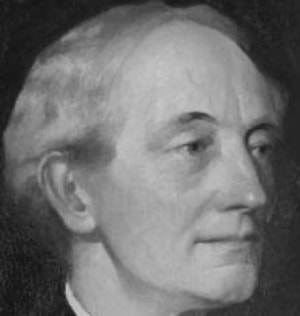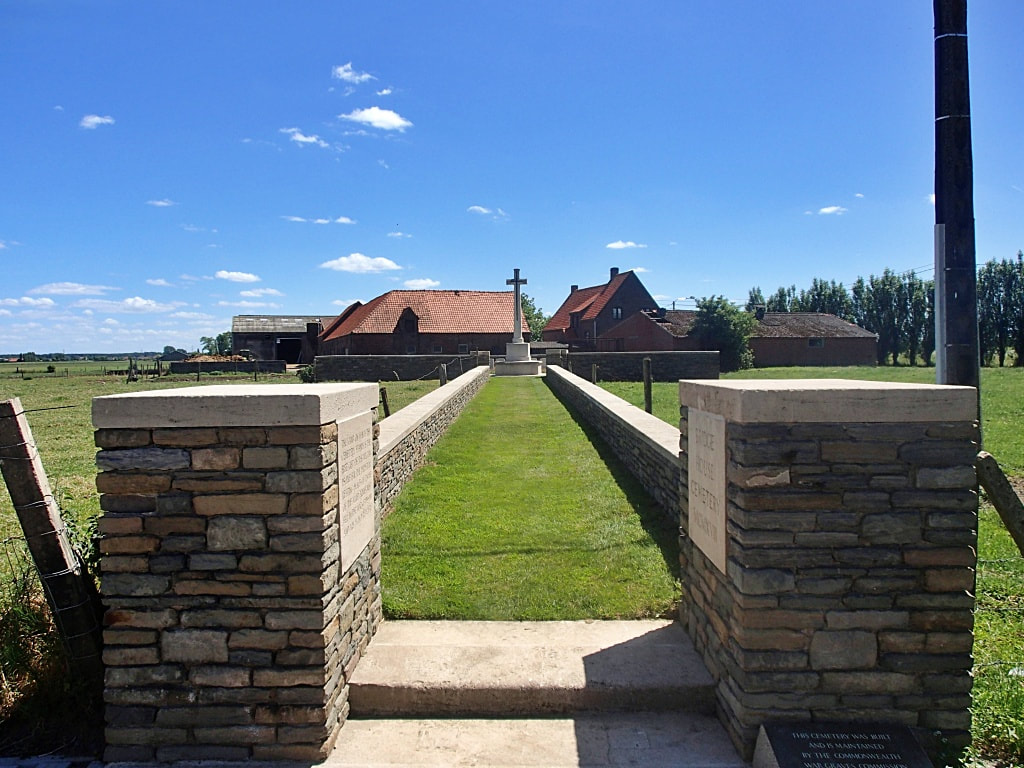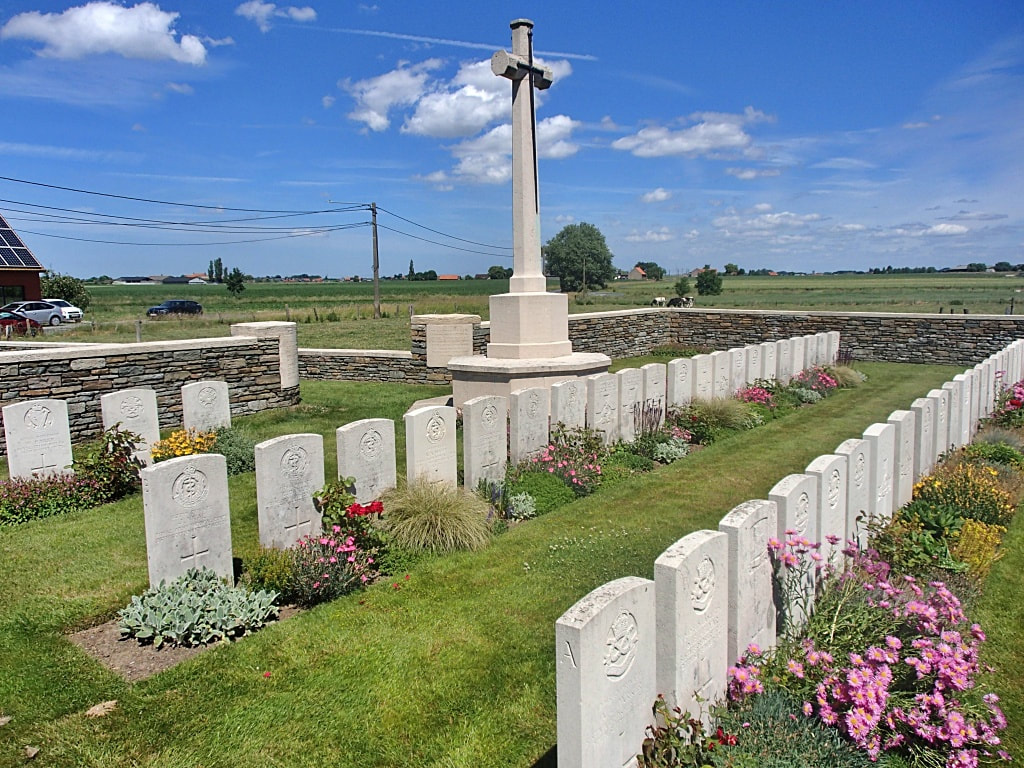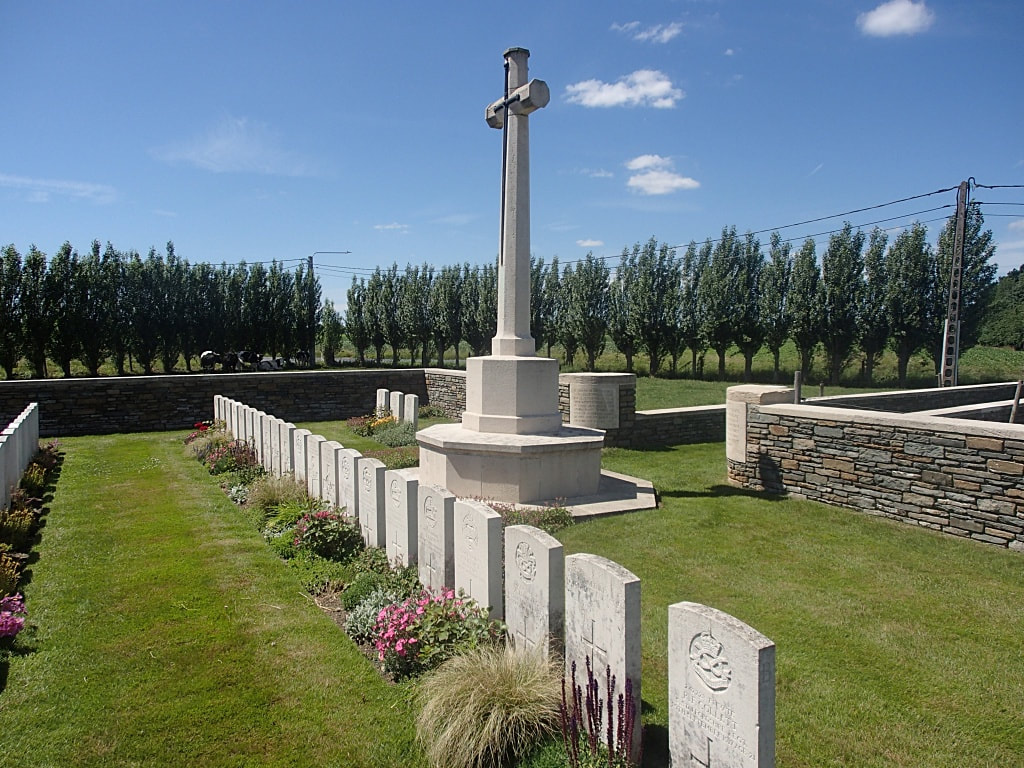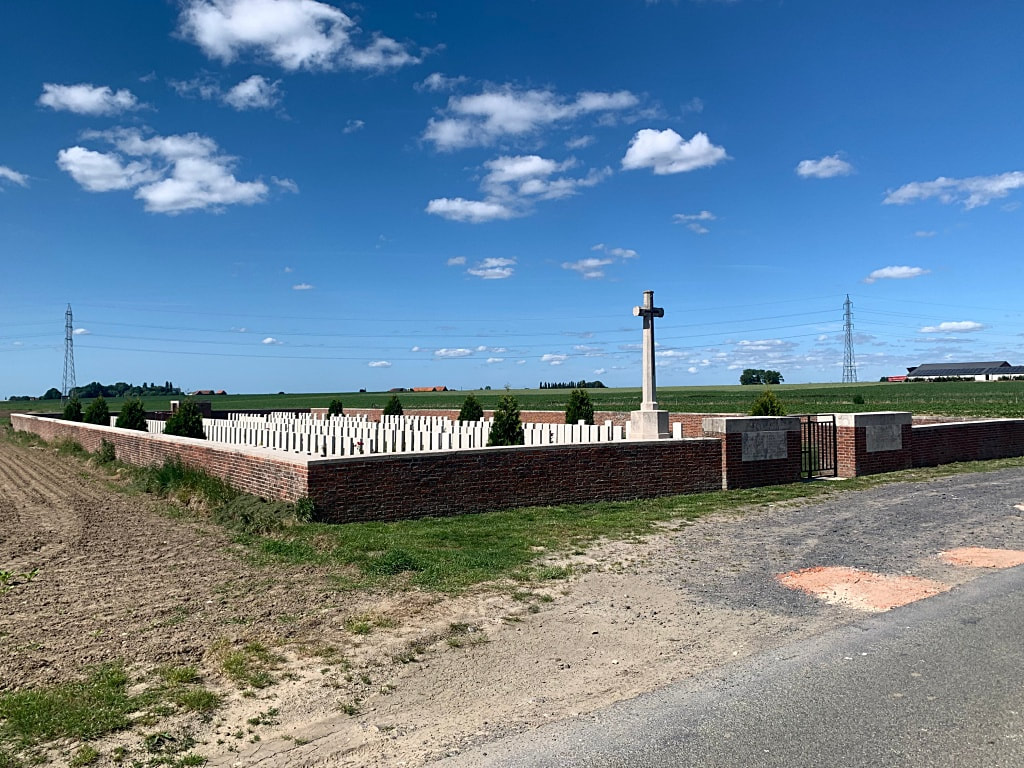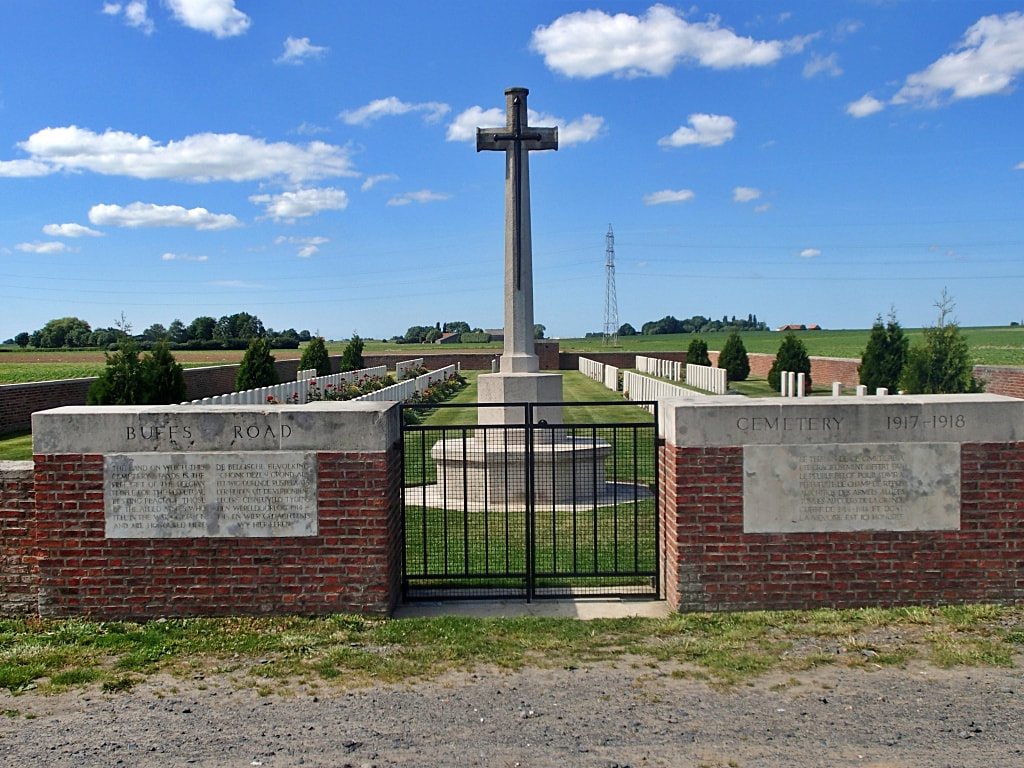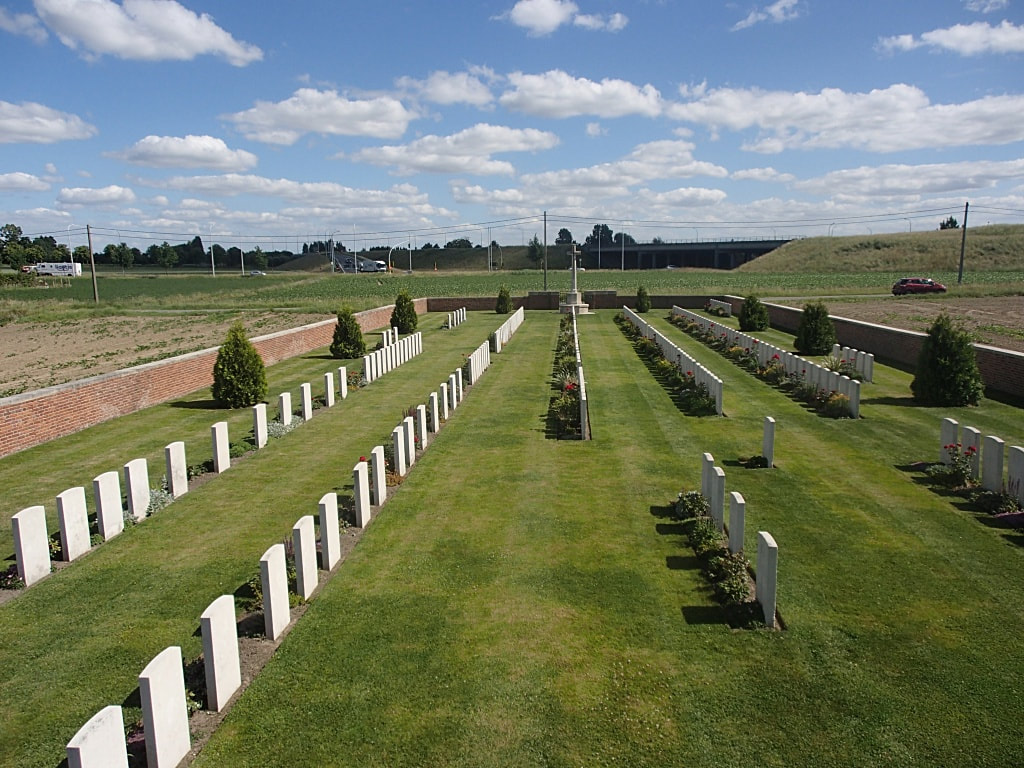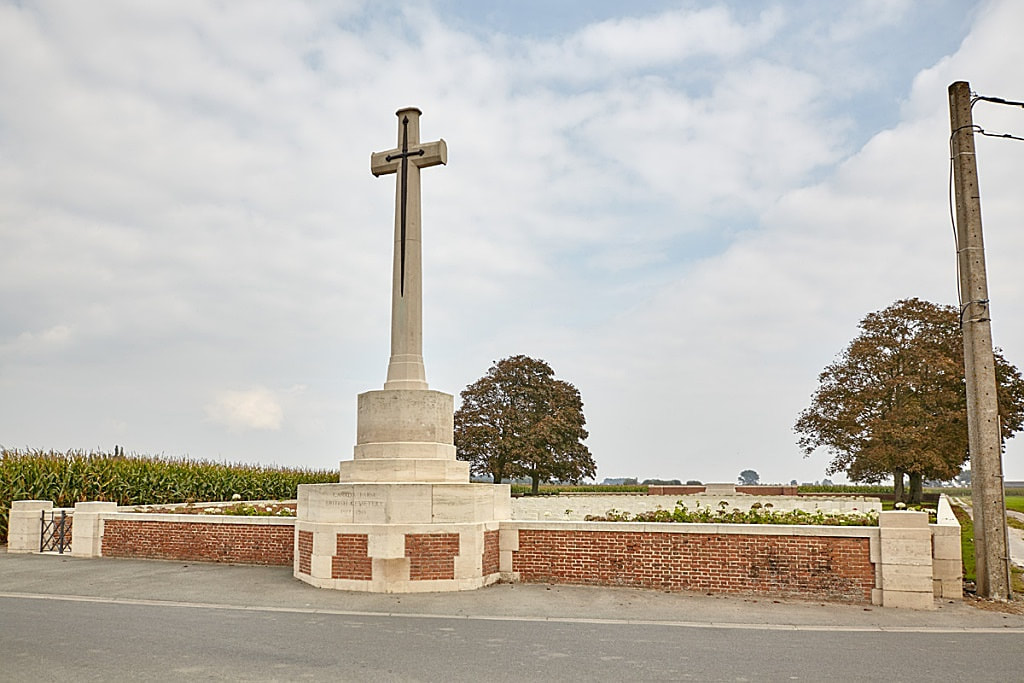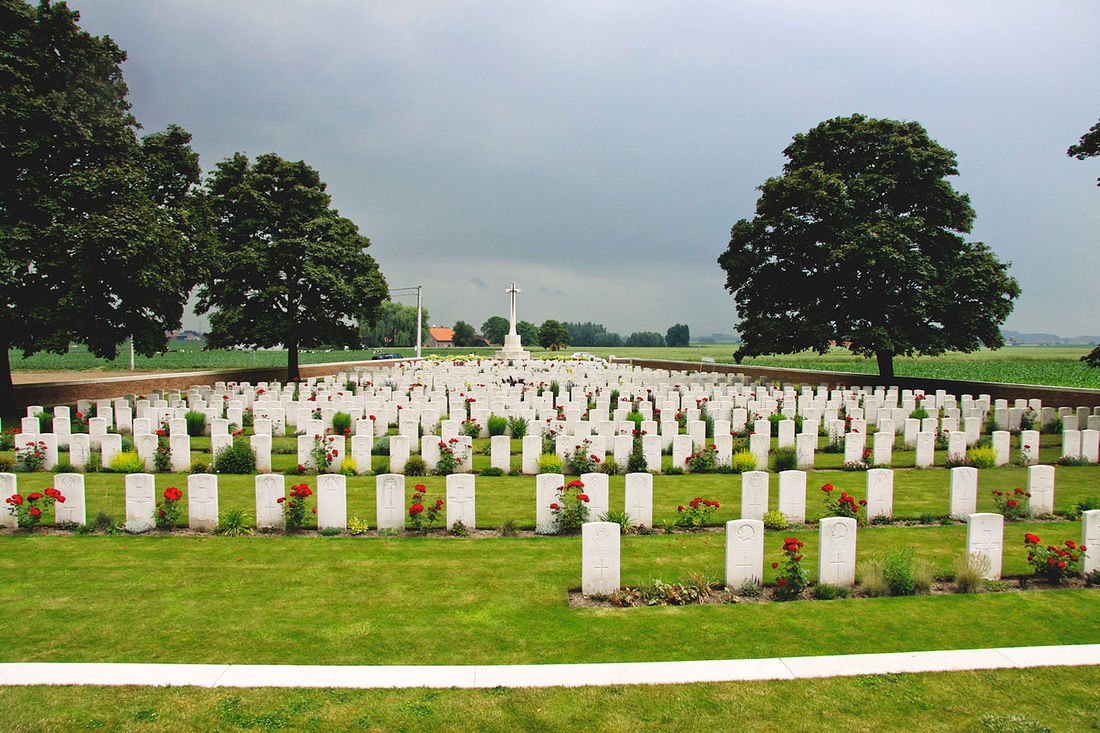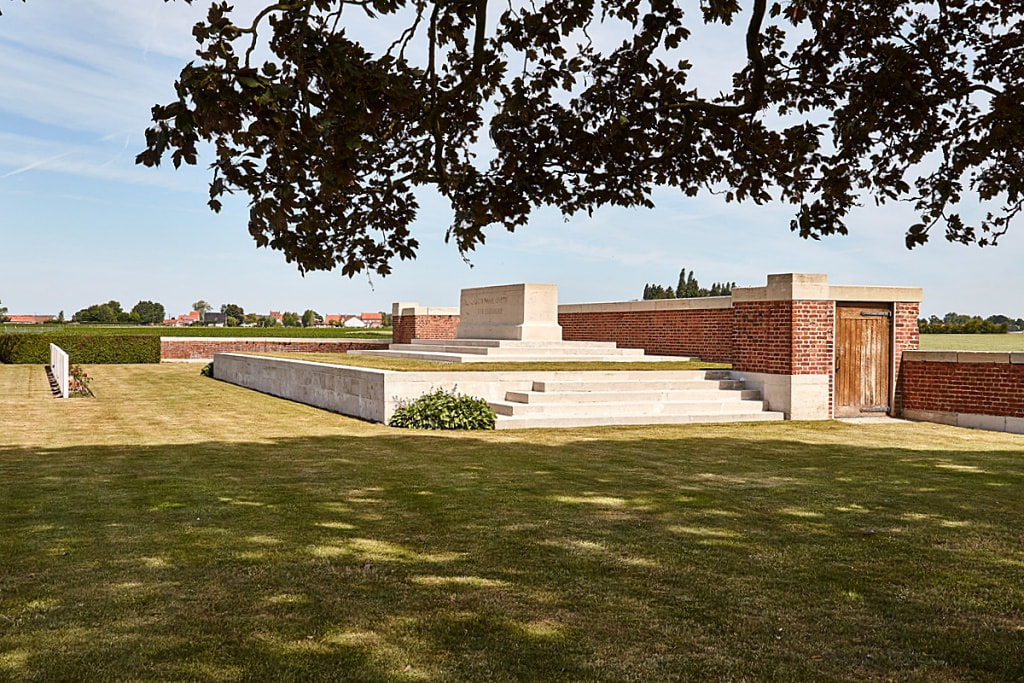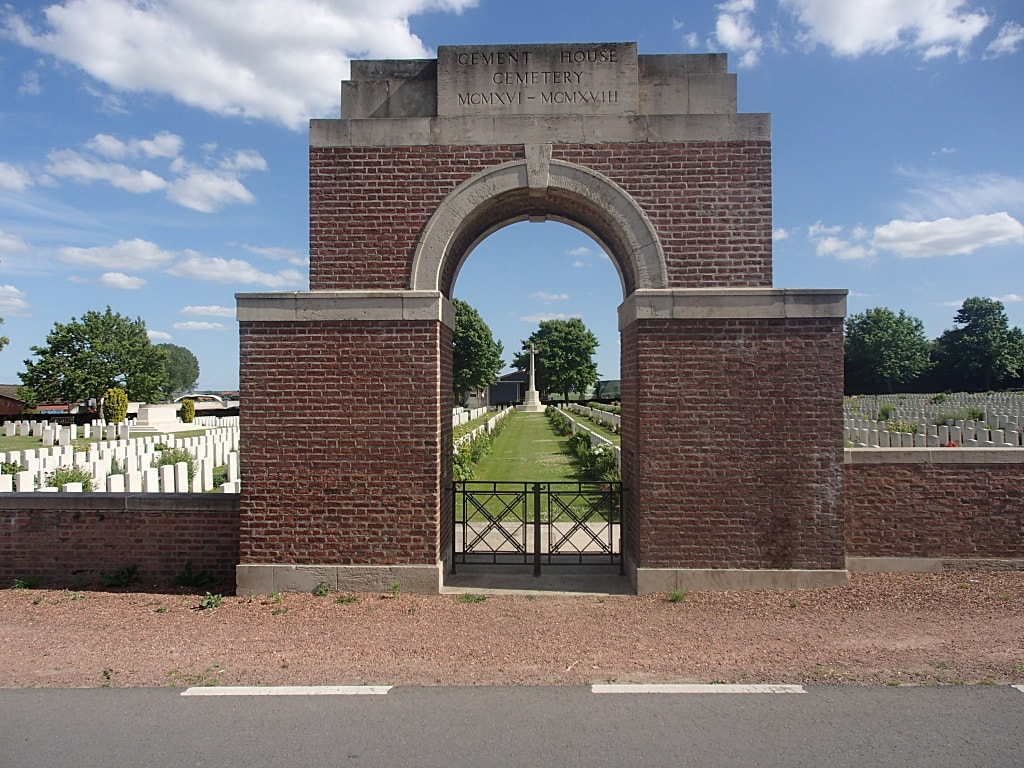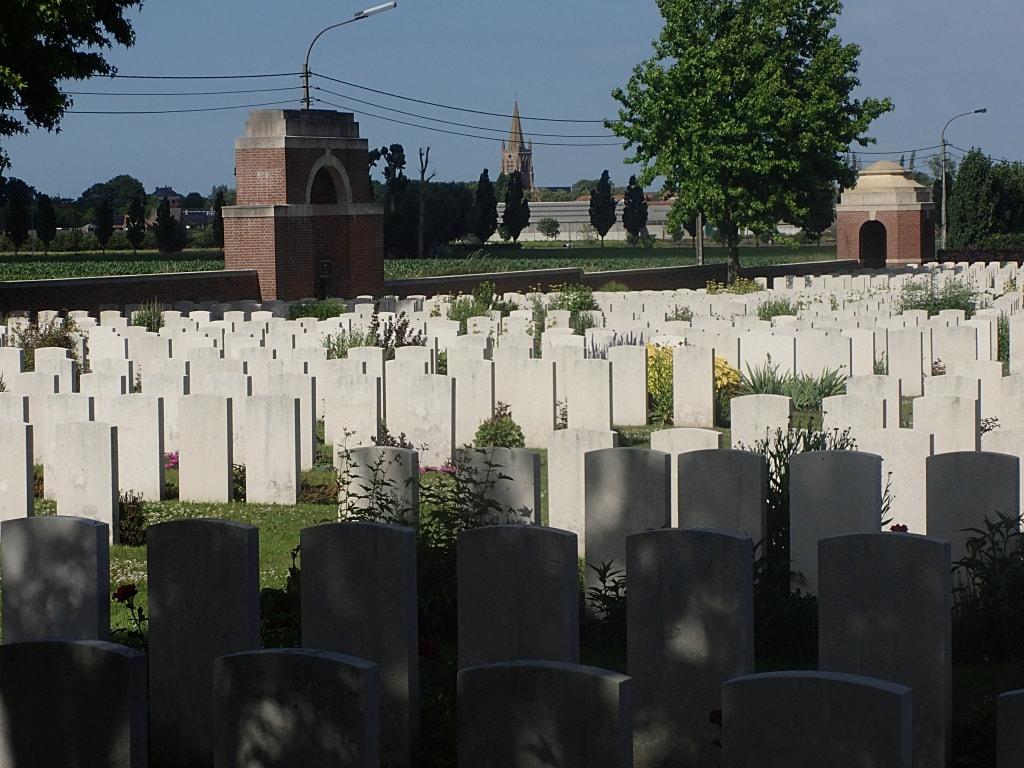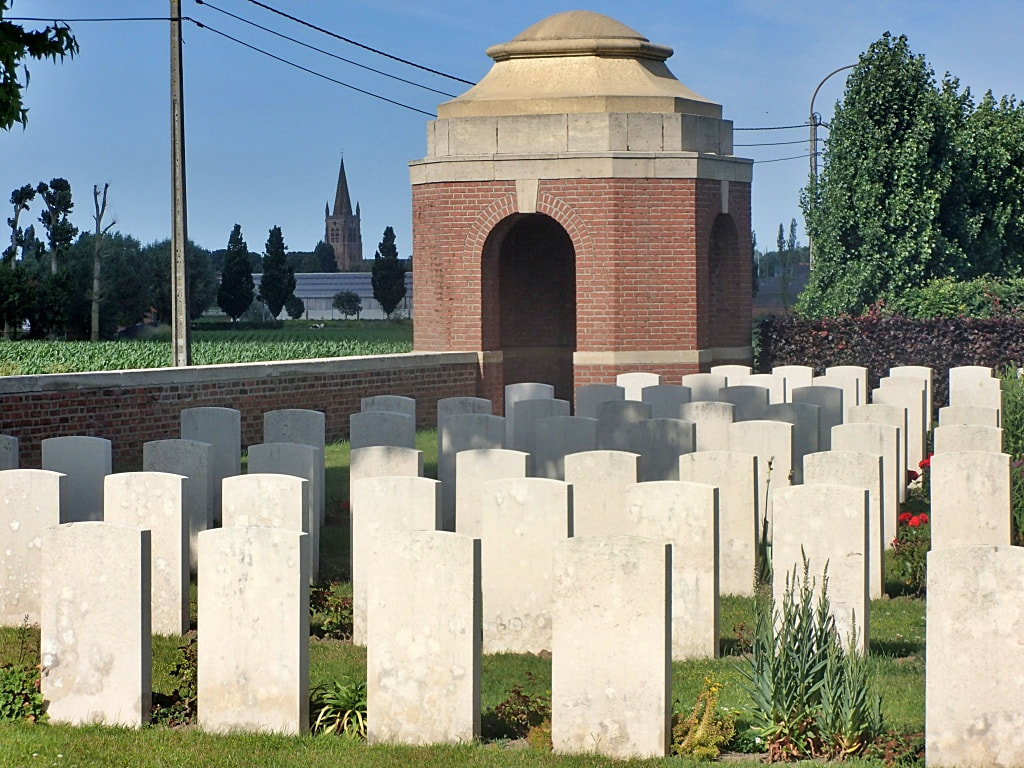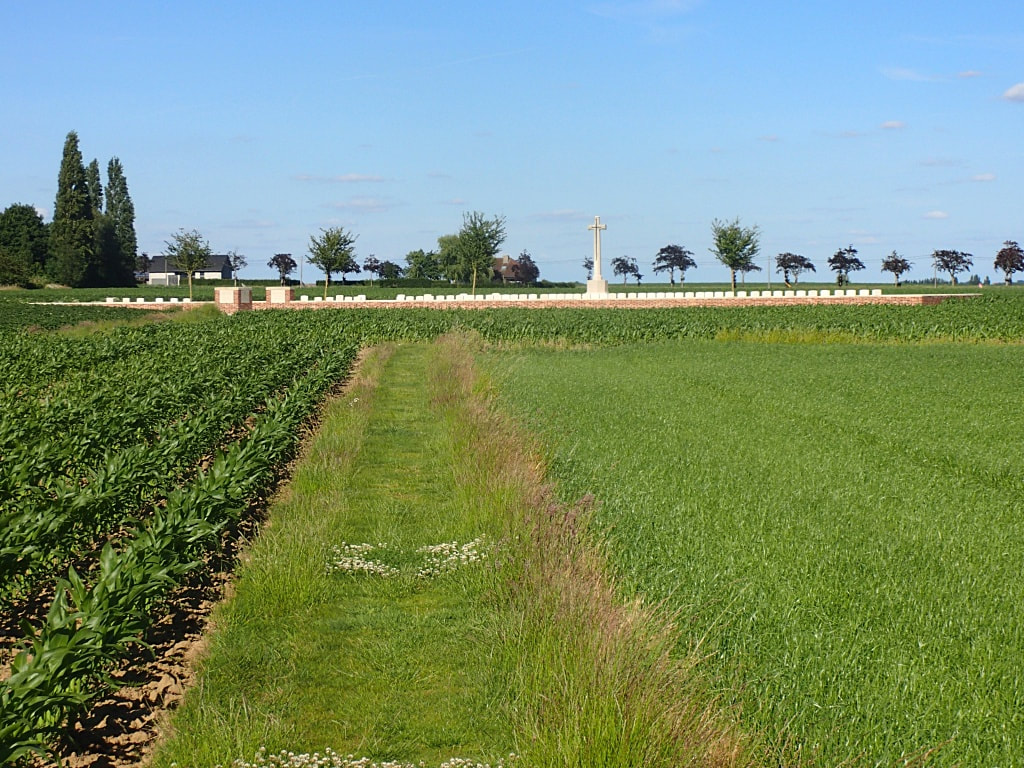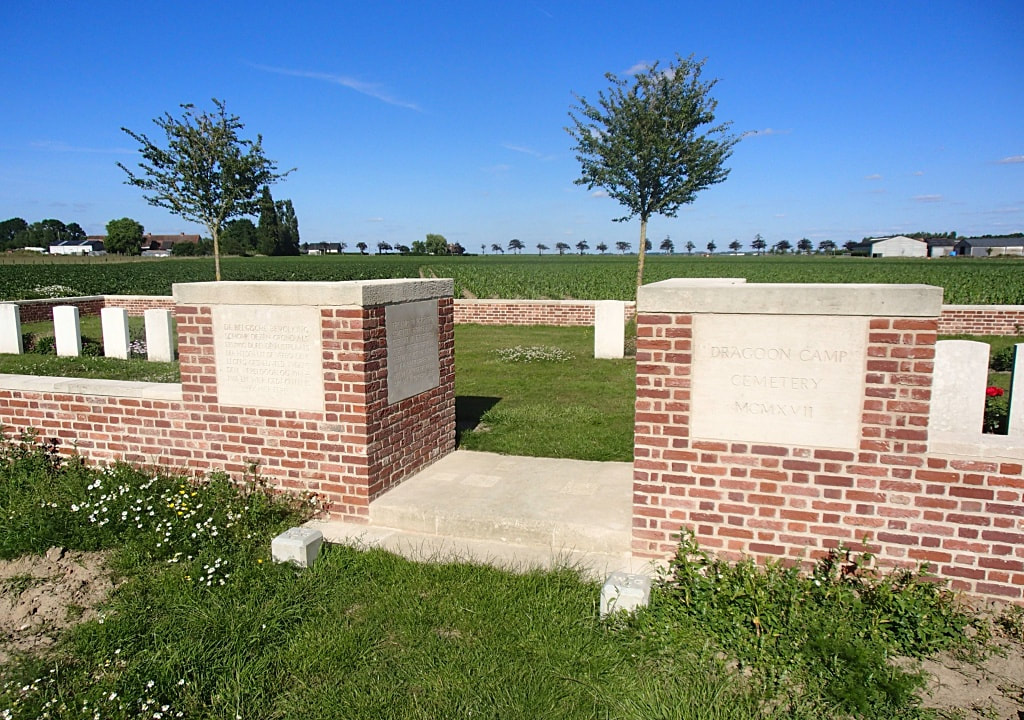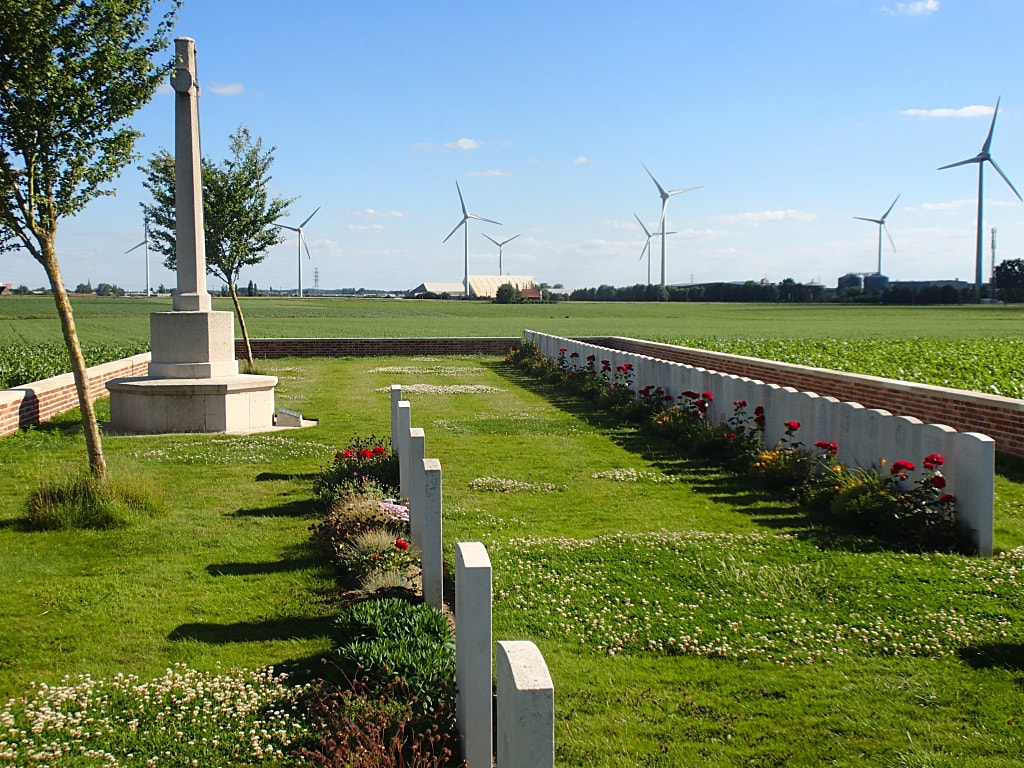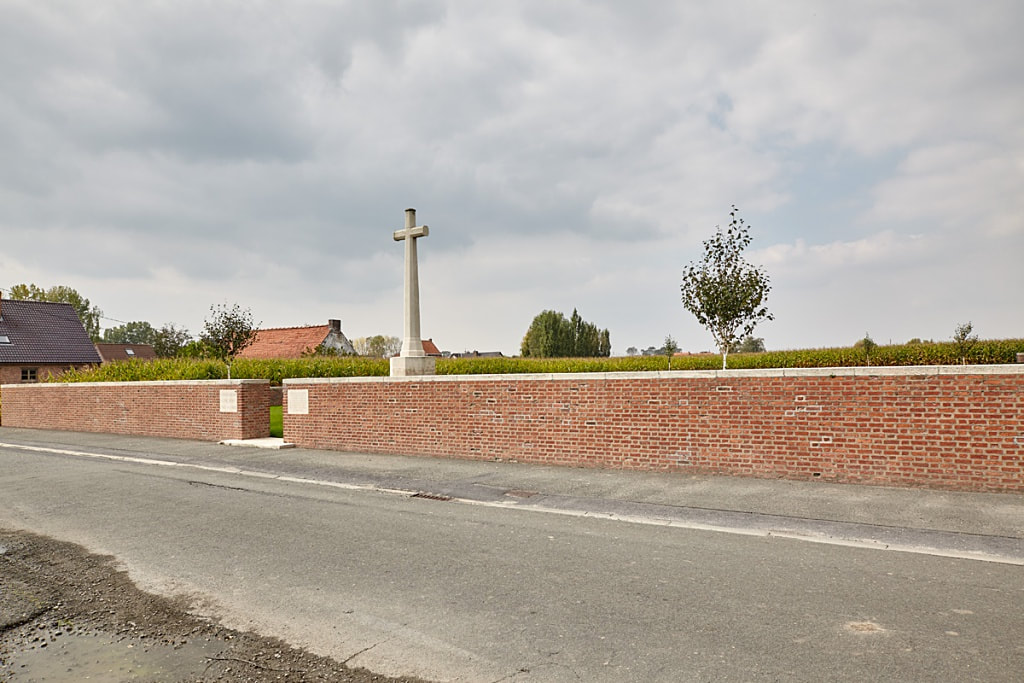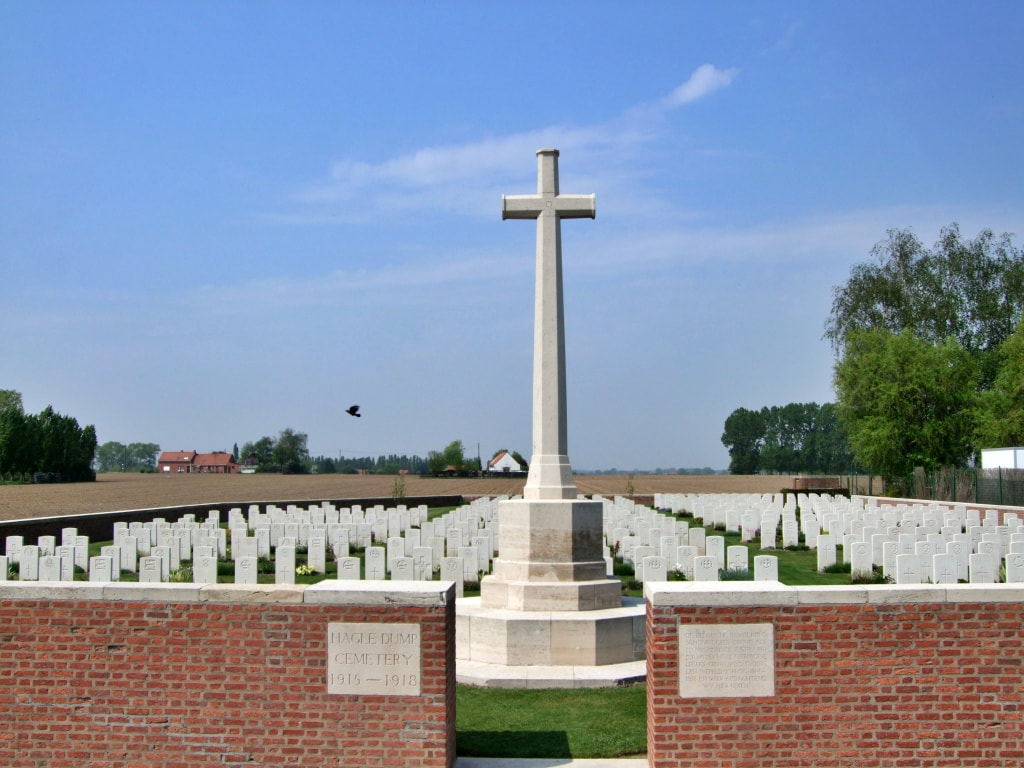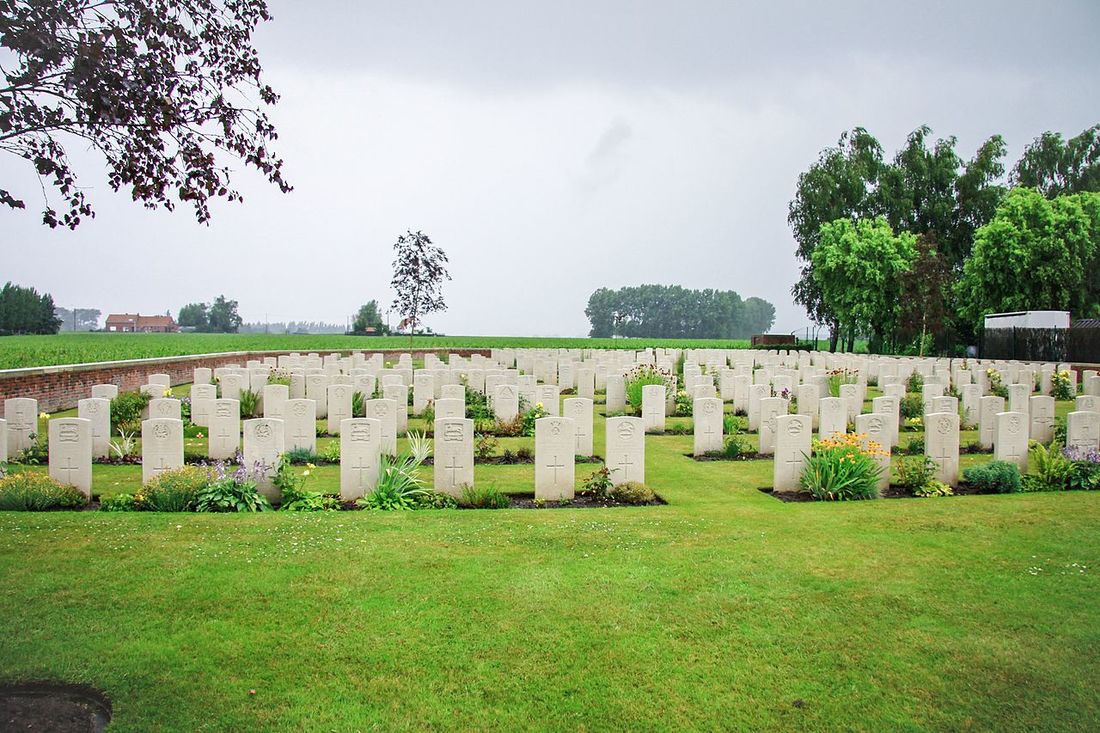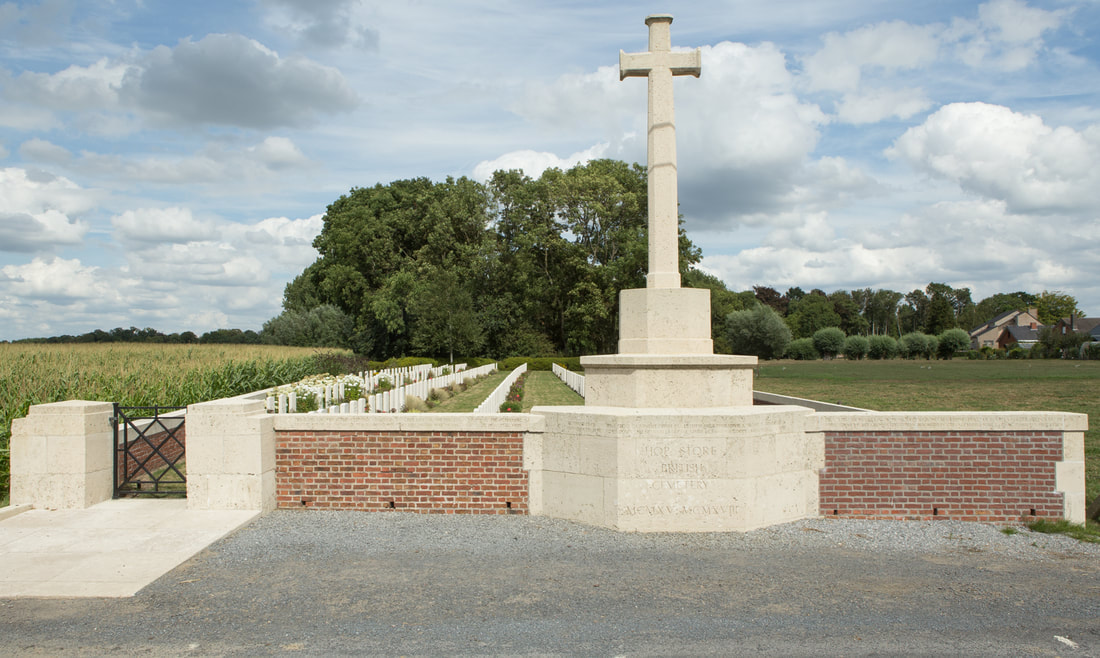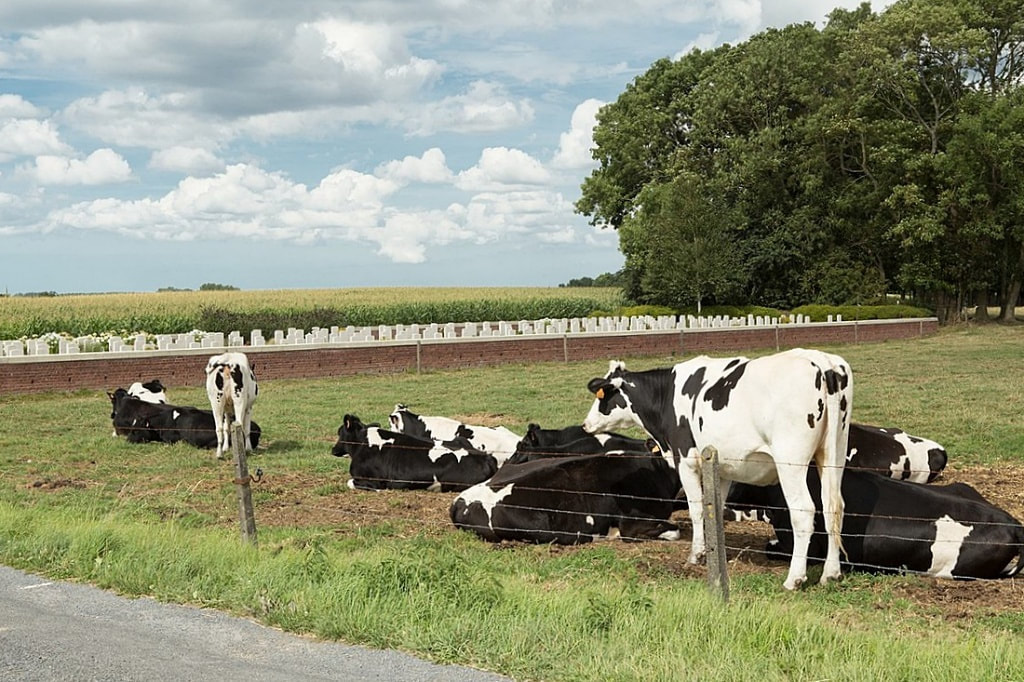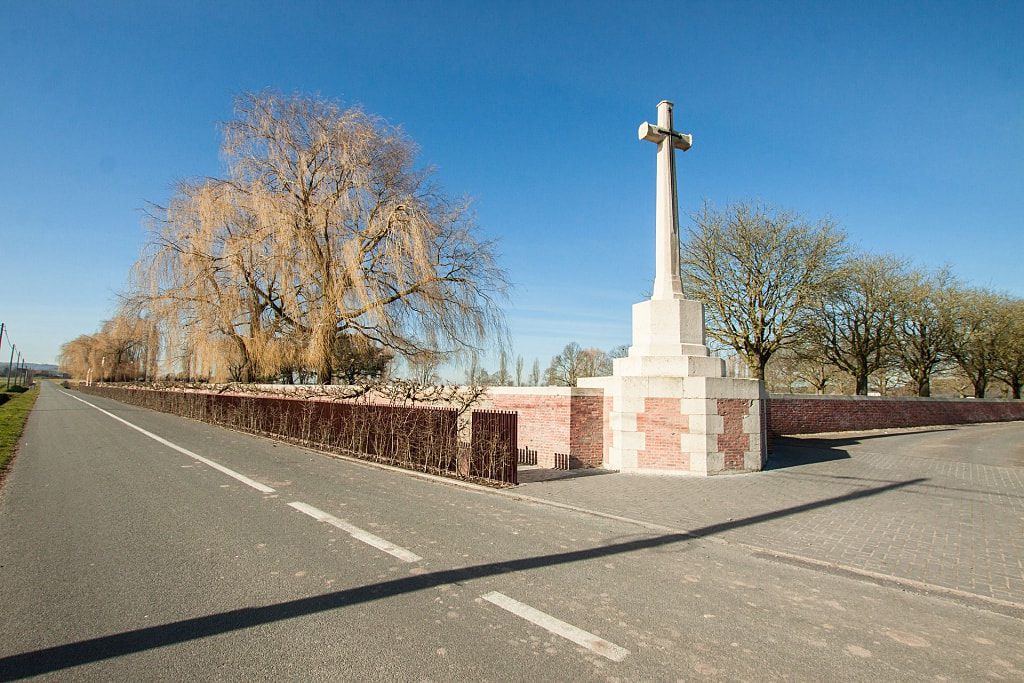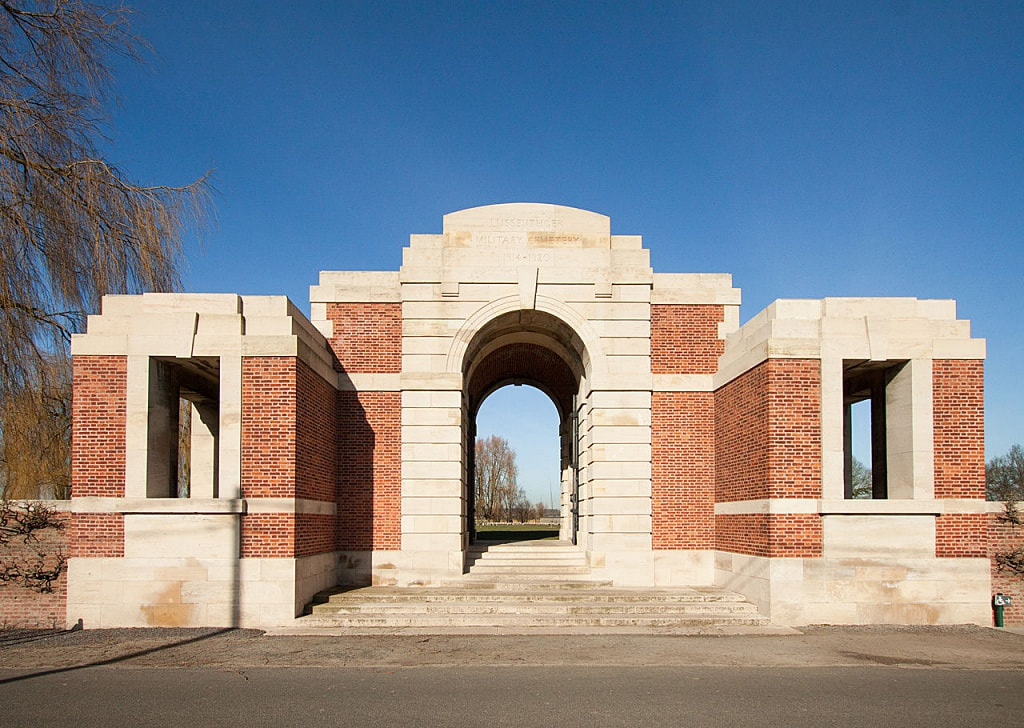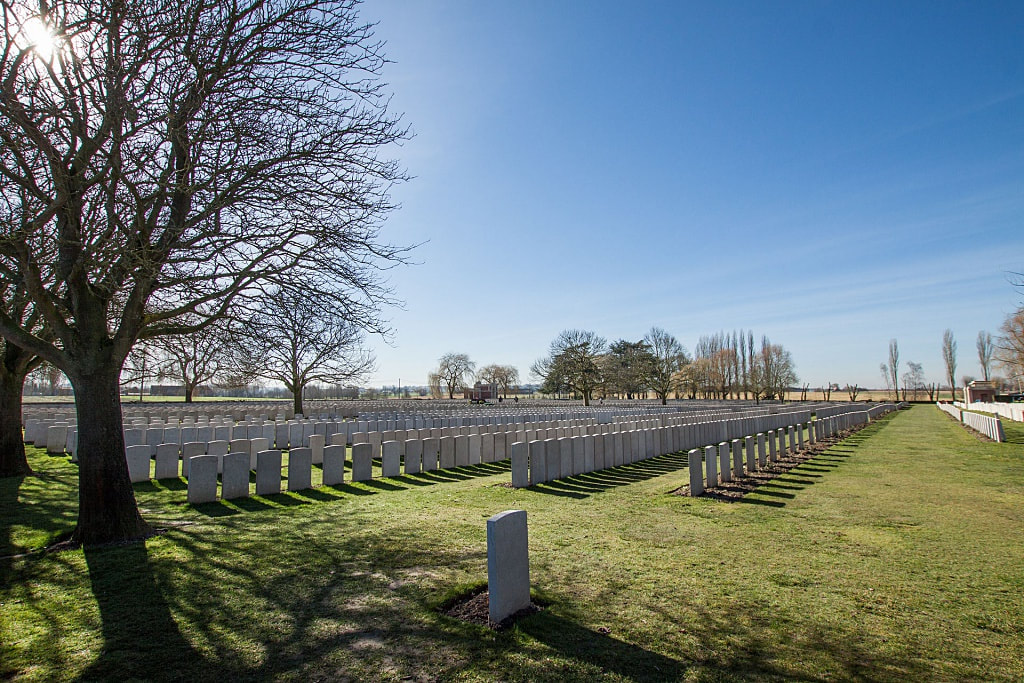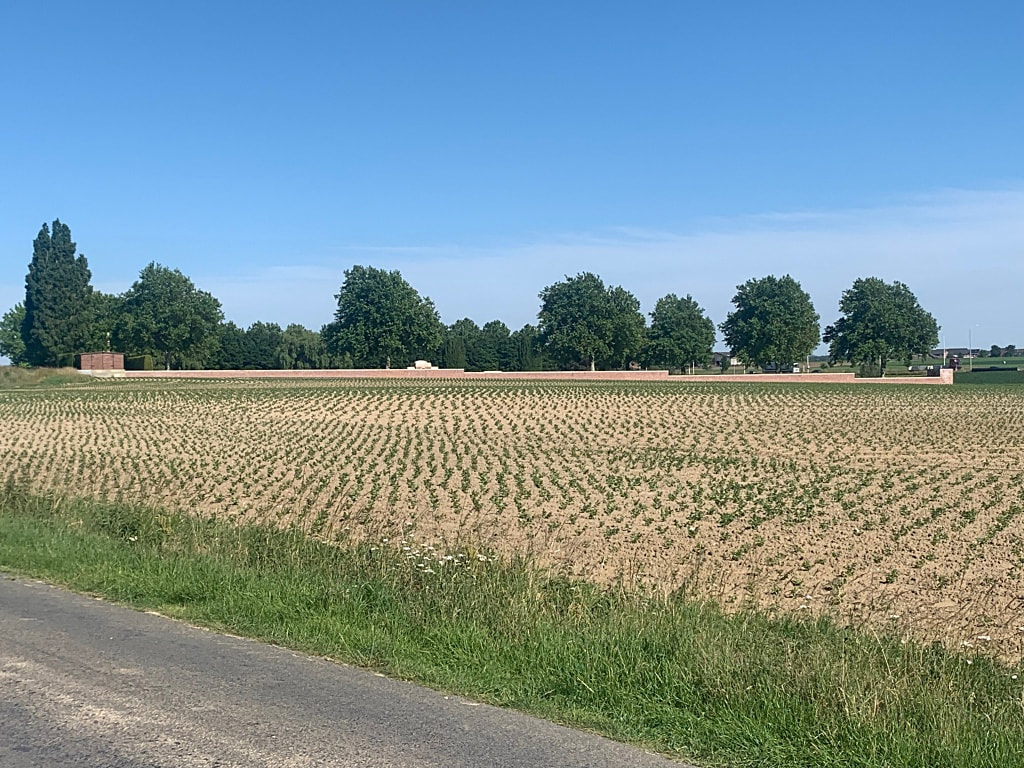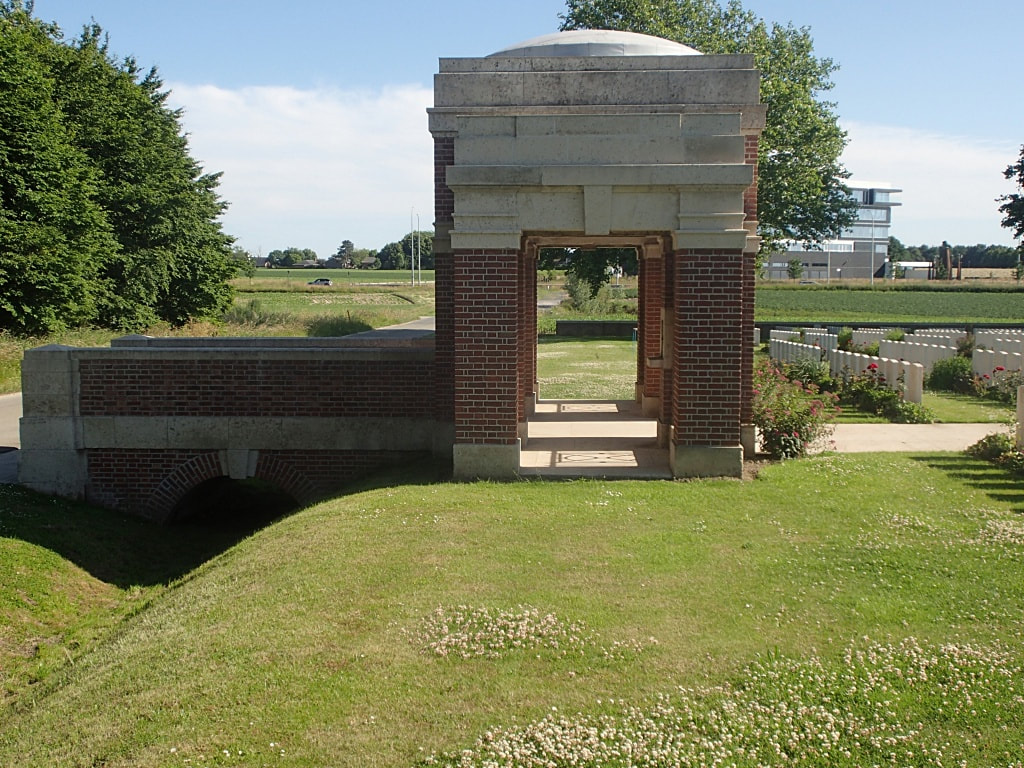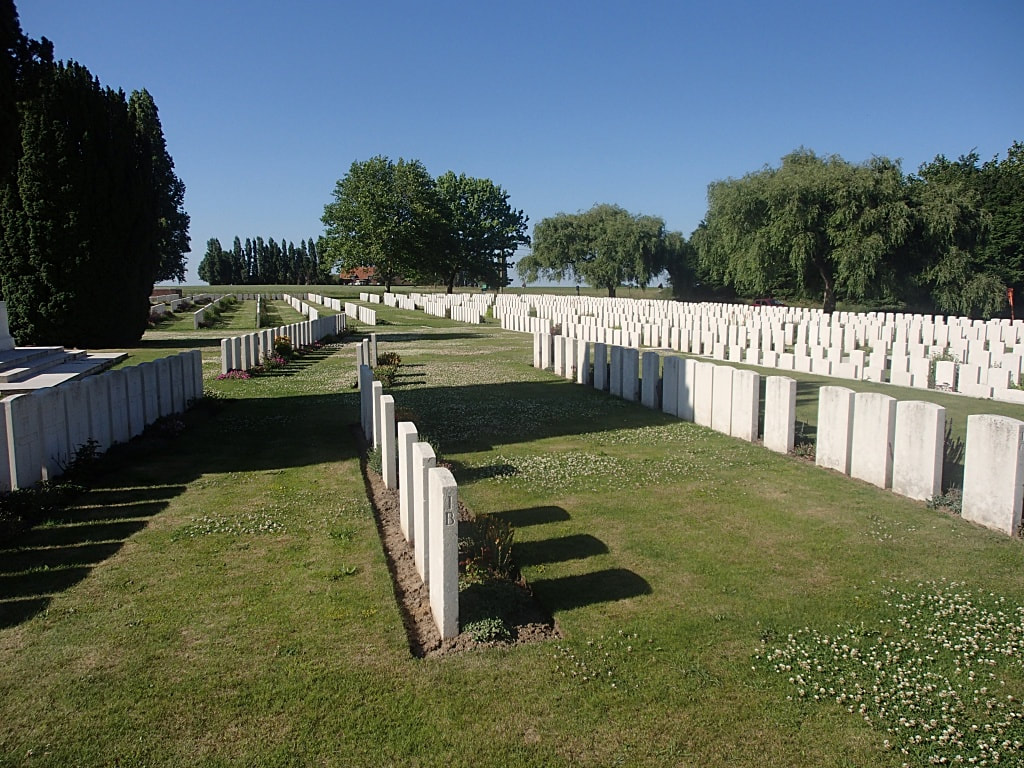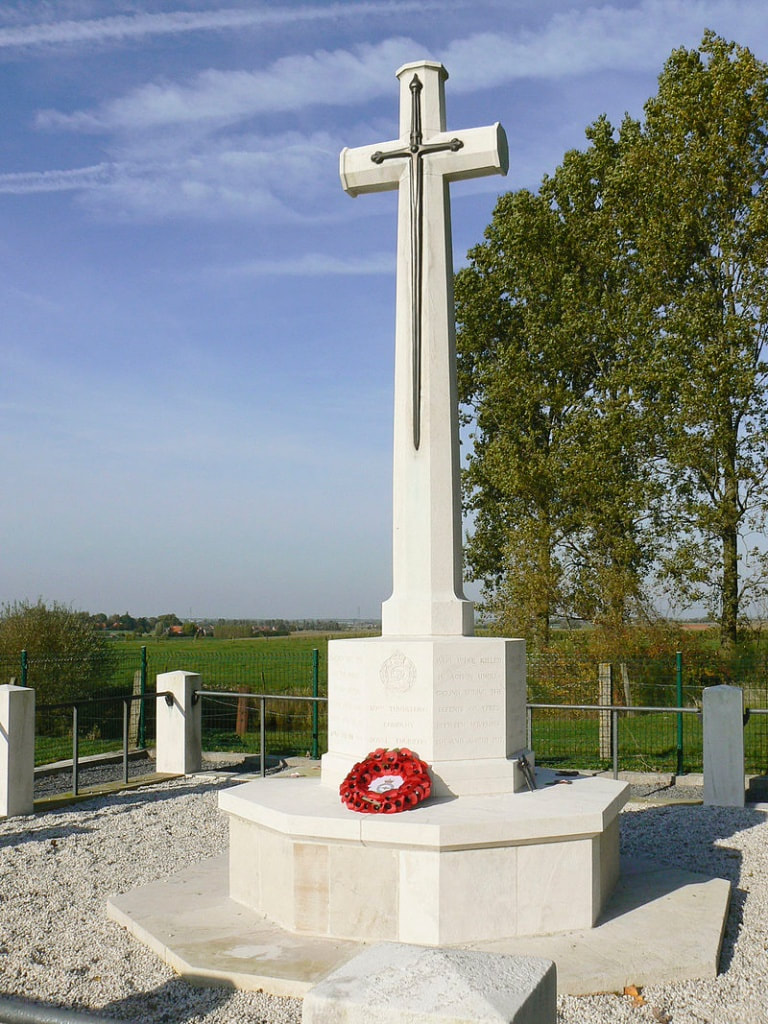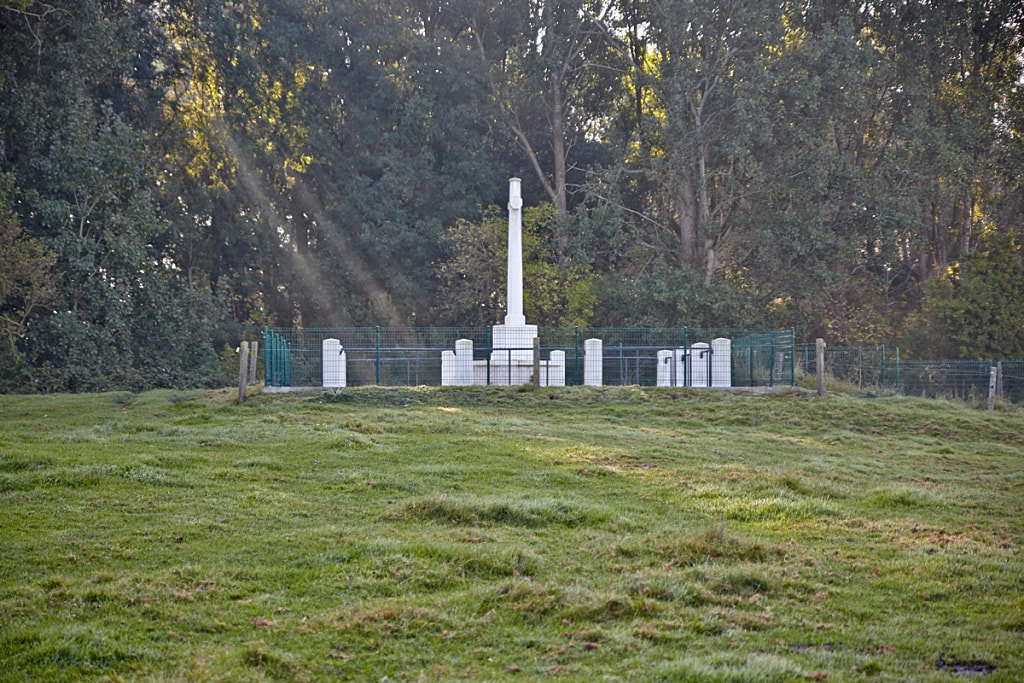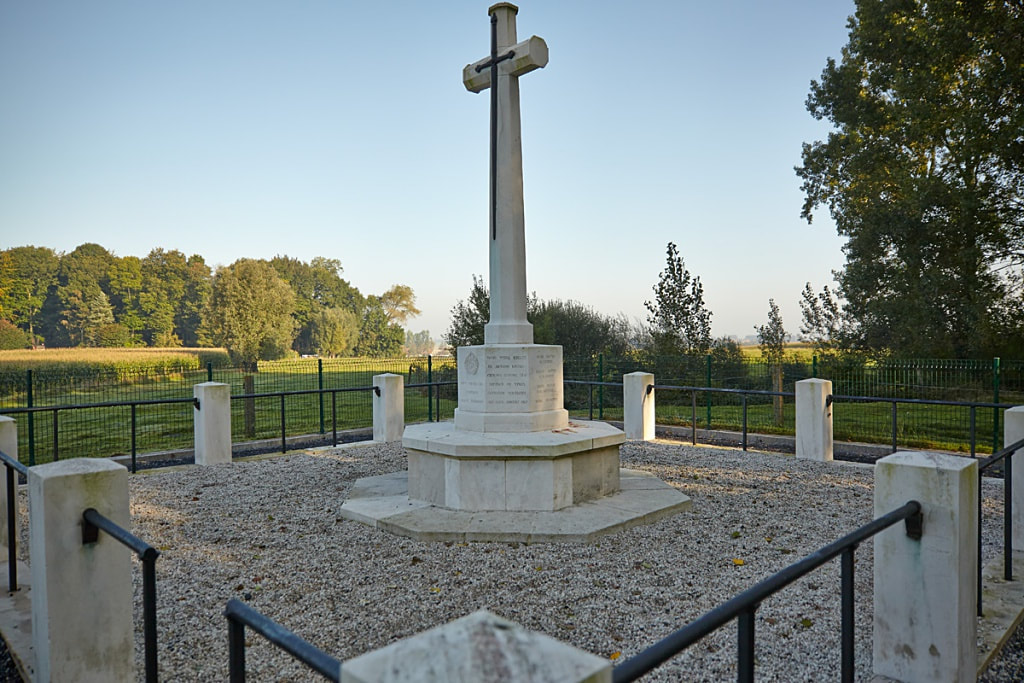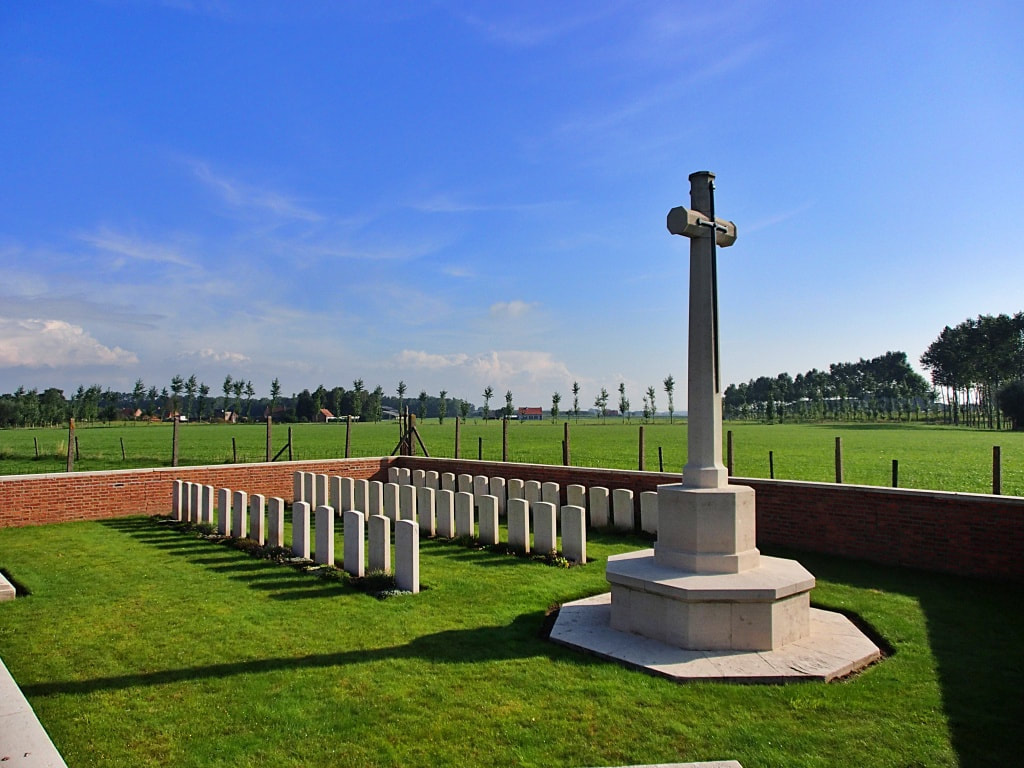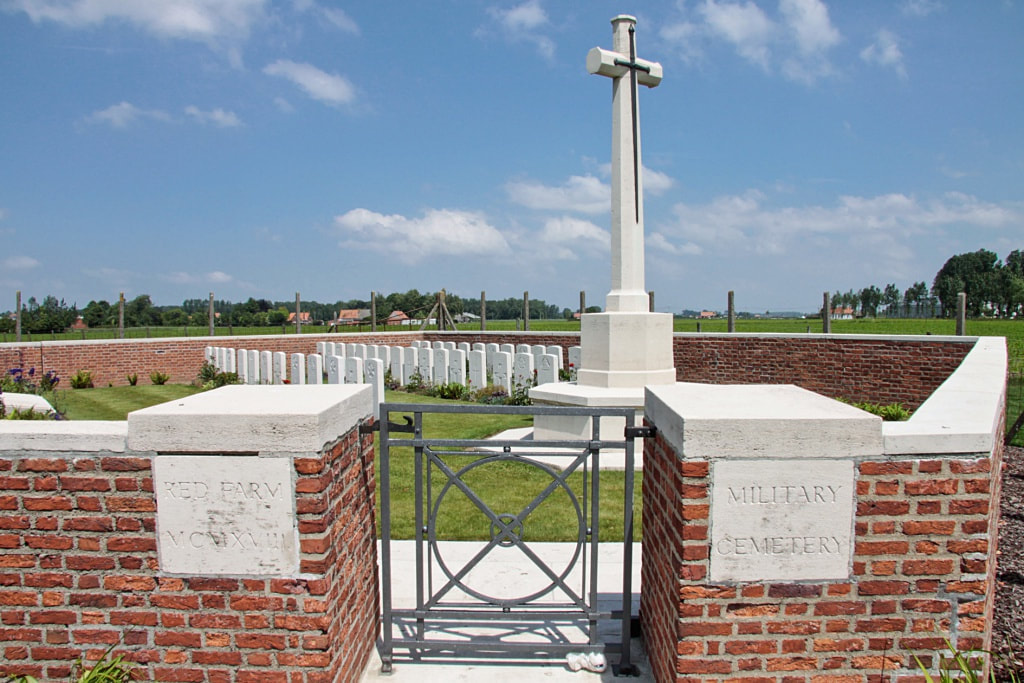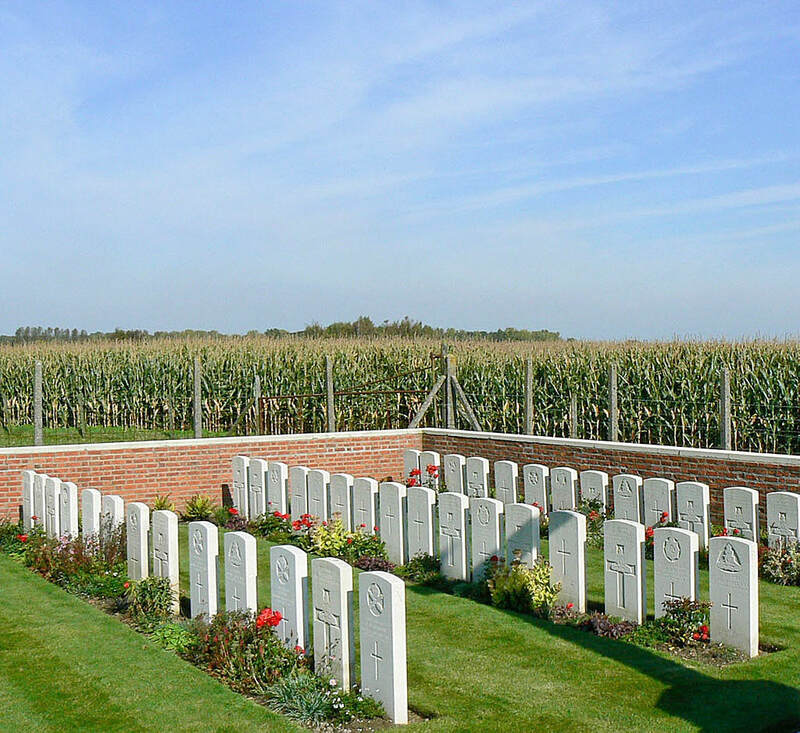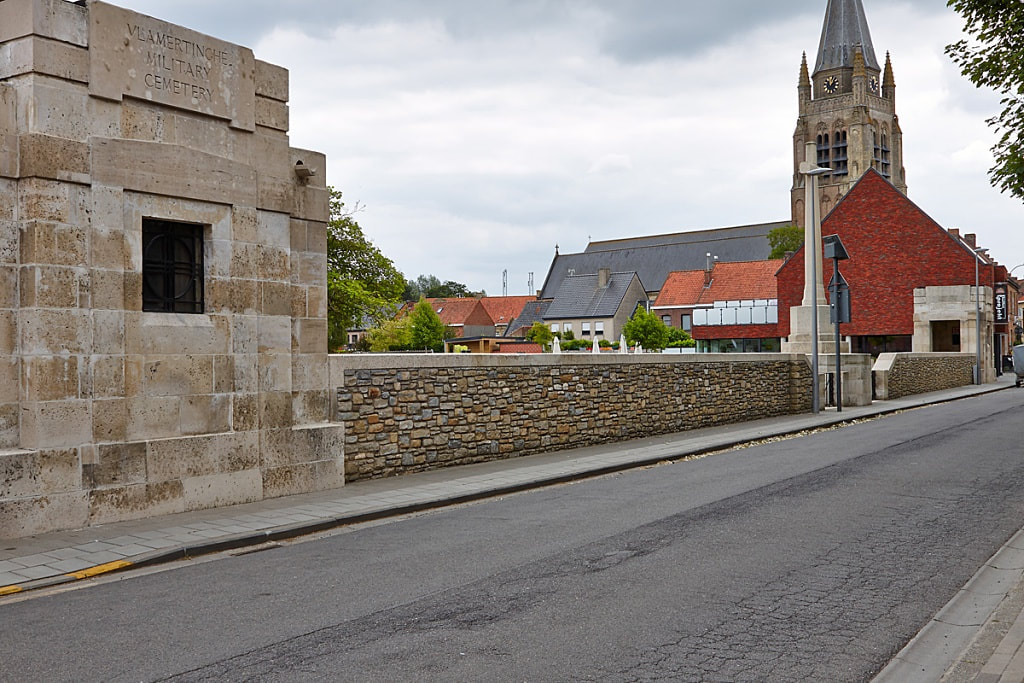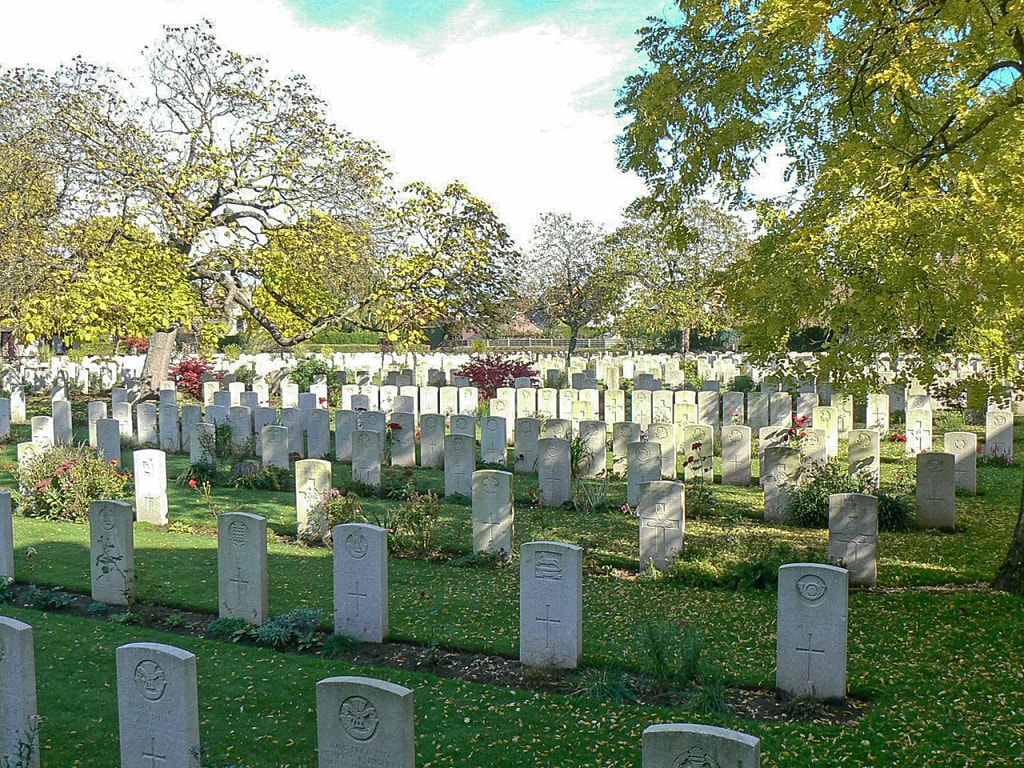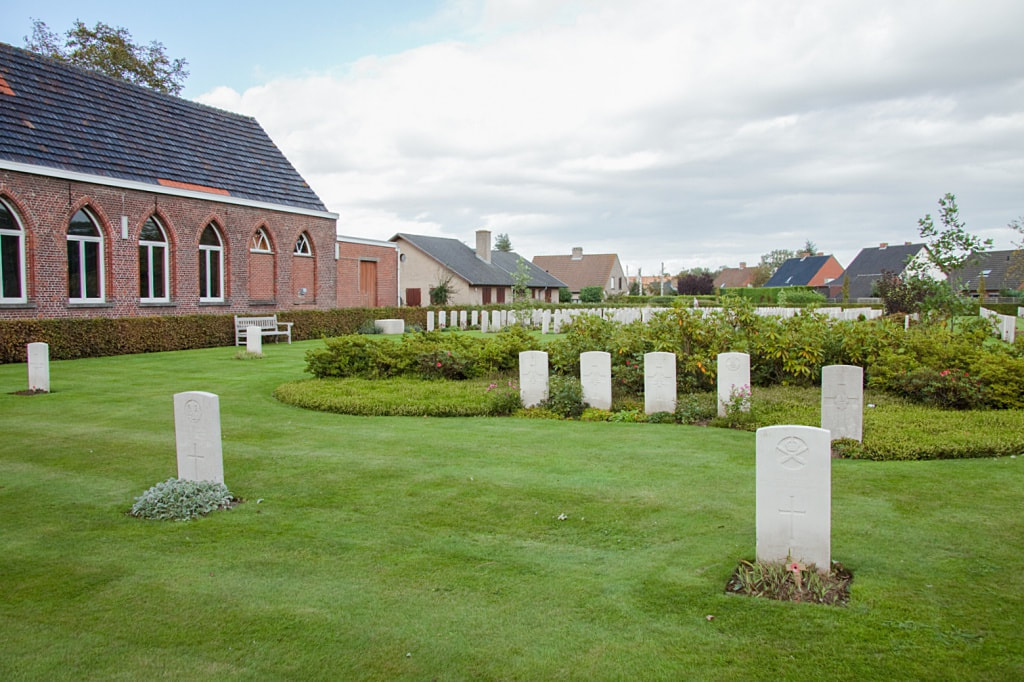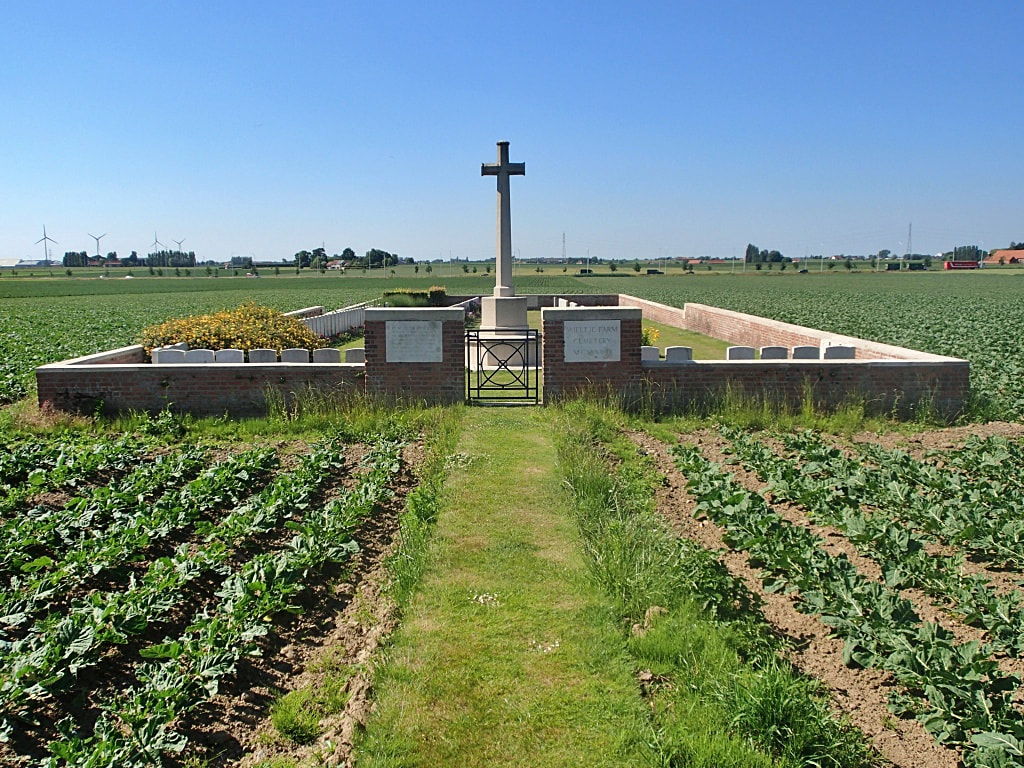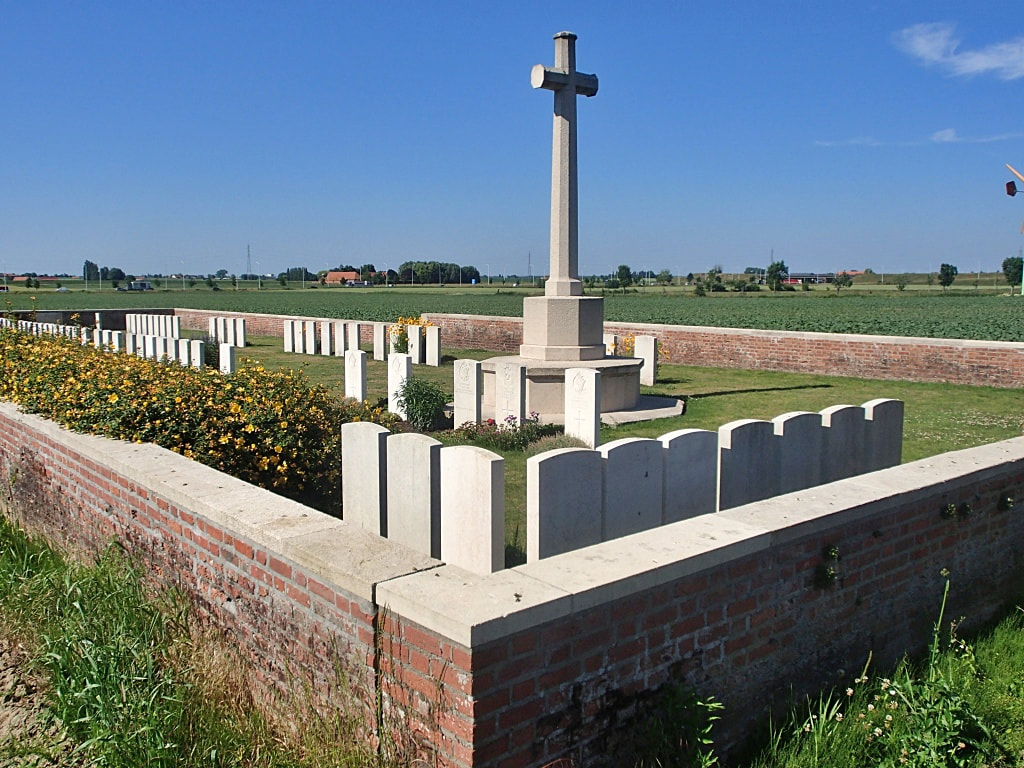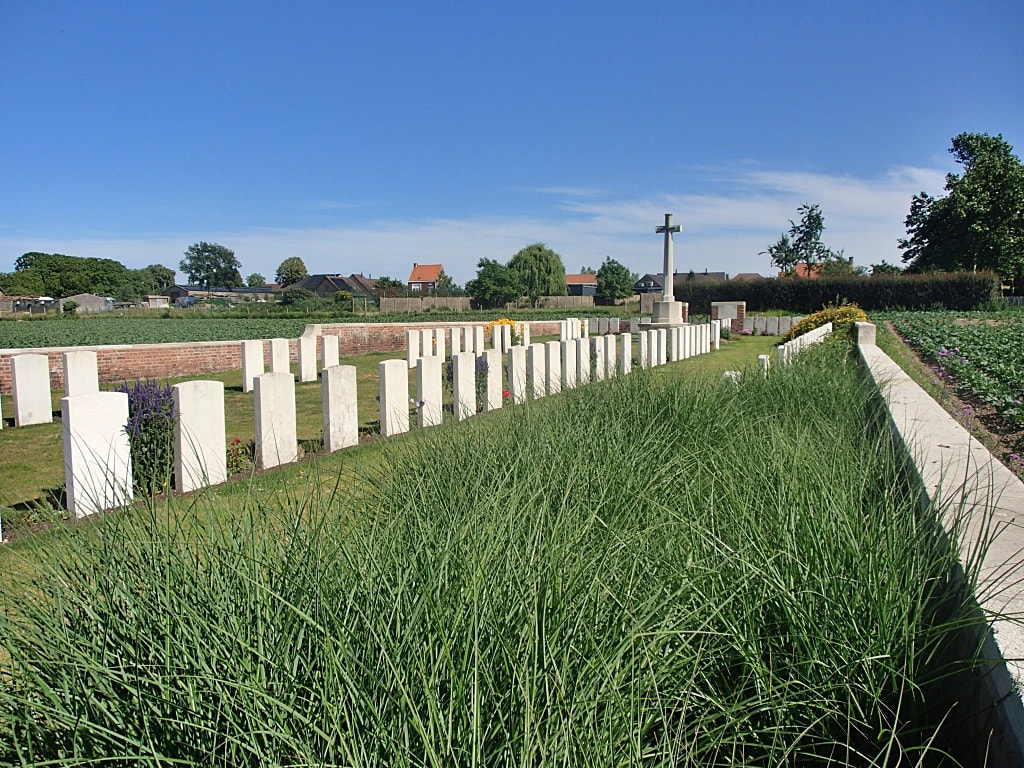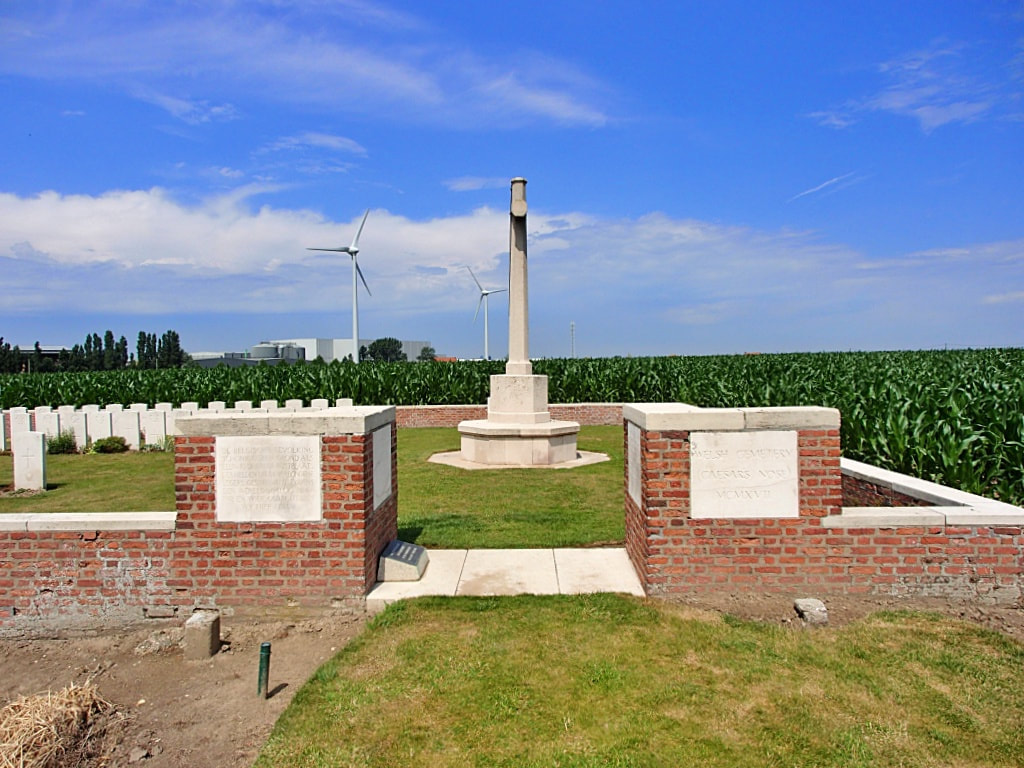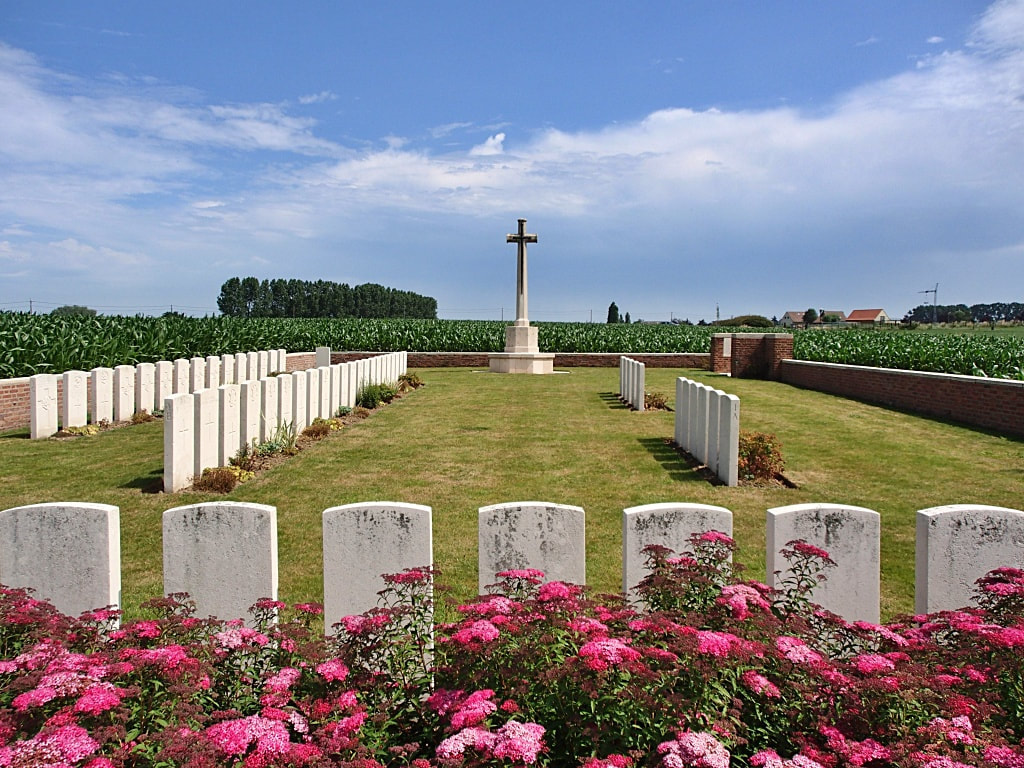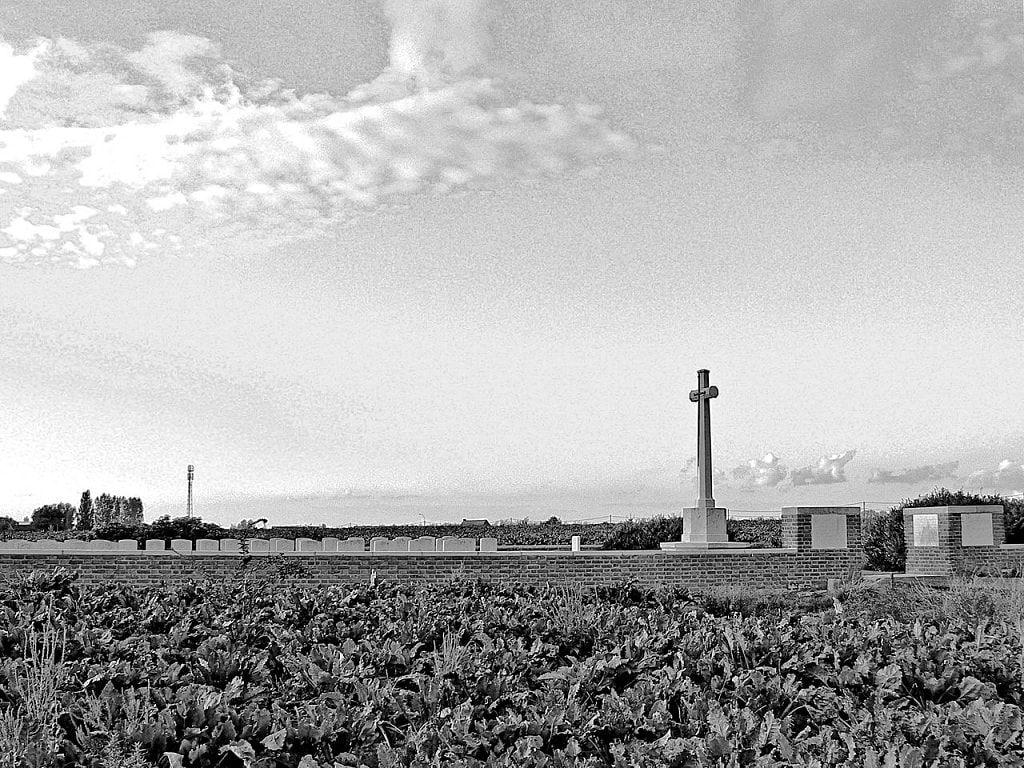Arthur James Scott Hutton
(10th January 1891-1982)
Arthur James Scott Hutton was born on 10 January 1891 and was articled to Duncan MacNaughtan & Son of Glasgow in 1909, studying at the Glasgow School of Architecture under Eugène Bourdon. He was a successful student, gaining a bronze medal in 1911, silver in 1912 and gold in 1913, and was Haldane Bursar in 1912 and 1913, and Haldane Travelling Scholar in 1914. He spent his last two summers of study, in 1912 and 1913, in the Inland Revenue Valuation Department and in the Hamilton office of Cullen, Lochhead & Brown. In June 1914, having completed his studies, he was appointed assistant in H M Office of Works, Edinburgh. He left in March the following year to serve in the Royal Engineers in France, supervising and designing hospitals, camps, bakeries, halls and other buildings. Whilst still on war service in late 1918 he was admitted ARIBA, his proposers being John Keppie, John Watson and David Bateman Hutton. His nomination papers give a business address of H M Office of Works, Edinburgh and a private address of 21 Derby Crescent, Kirklee, Glasgow.
He retired from the Royal Engineers a Captain in September 1919. On 5 September he was appointed architect to the Imperial War Graves Commission in France Belgium and Germany, working under Sir Herbert Baker, Sir Reginald Blomfield and Sir Edwin Lutyens to execute their designs for British military cemeteries as well as designing and carrying out many himself. He designed 67 cemeteries including Marzargues Indian Cemetery, Longueval, Fricourt and the Memorial at Arques-la-Bataille. He also assisted Lorimer on cemeteries in Germany.
He left the Commission on 15 October 1926 when he was appointed to the Public Works Department in Kenya on the recommendation of Sir Herbert Baker. There he supervised the construction of all buildings designed by Baker under the Colony's Loan Programme, amounting to a total value of some £700,000 by 1935. He was elected FRIBA on 22 July of the latter year, his proposers being Baker, Blomfield and Thomas Lumsden Taylor.
By the late 1930s Hutton had transferred to a post as Senior Assistant Architect in the Public Works Department in Simgapore, the Straits Settlement. In 1946 he wasd Government Architect, Malayan Union, Kuala Lumpur, Malaya. He returned to England on his retirement and was living in Surrey in 1950.
Hutton died betwen January and March 1982 in Surrey.
Sourced from www.scottisharchitects.org.uk
He retired from the Royal Engineers a Captain in September 1919. On 5 September he was appointed architect to the Imperial War Graves Commission in France Belgium and Germany, working under Sir Herbert Baker, Sir Reginald Blomfield and Sir Edwin Lutyens to execute their designs for British military cemeteries as well as designing and carrying out many himself. He designed 67 cemeteries including Marzargues Indian Cemetery, Longueval, Fricourt and the Memorial at Arques-la-Bataille. He also assisted Lorimer on cemeteries in Germany.
He left the Commission on 15 October 1926 when he was appointed to the Public Works Department in Kenya on the recommendation of Sir Herbert Baker. There he supervised the construction of all buildings designed by Baker under the Colony's Loan Programme, amounting to a total value of some £700,000 by 1935. He was elected FRIBA on 22 July of the latter year, his proposers being Baker, Blomfield and Thomas Lumsden Taylor.
By the late 1930s Hutton had transferred to a post as Senior Assistant Architect in the Public Works Department in Simgapore, the Straits Settlement. In 1946 he wasd Government Architect, Malayan Union, Kuala Lumpur, Malaya. He returned to England on his retirement and was living in Surrey in 1950.
Hutton died betwen January and March 1982 in Surrey.
Sourced from www.scottisharchitects.org.uk

